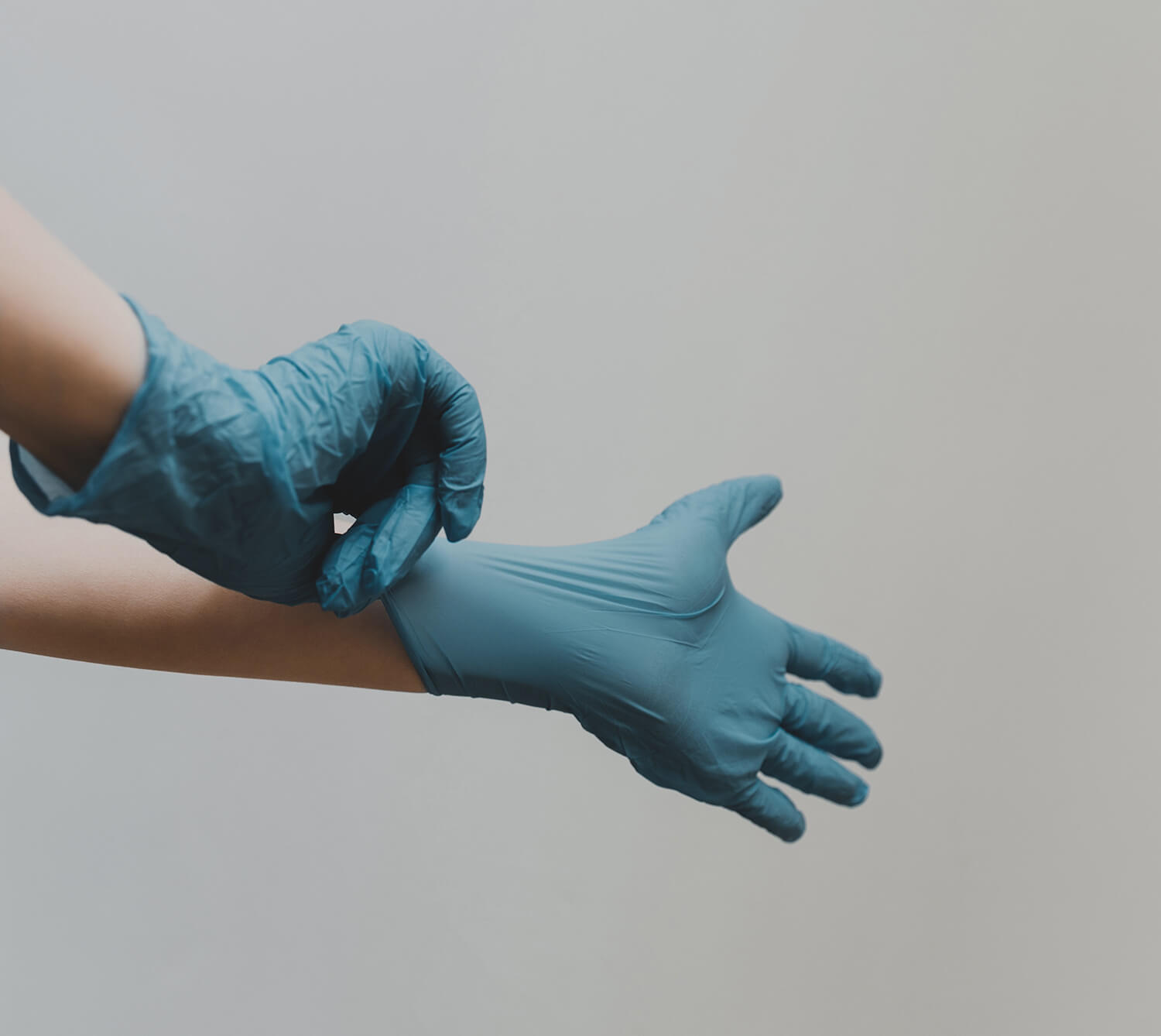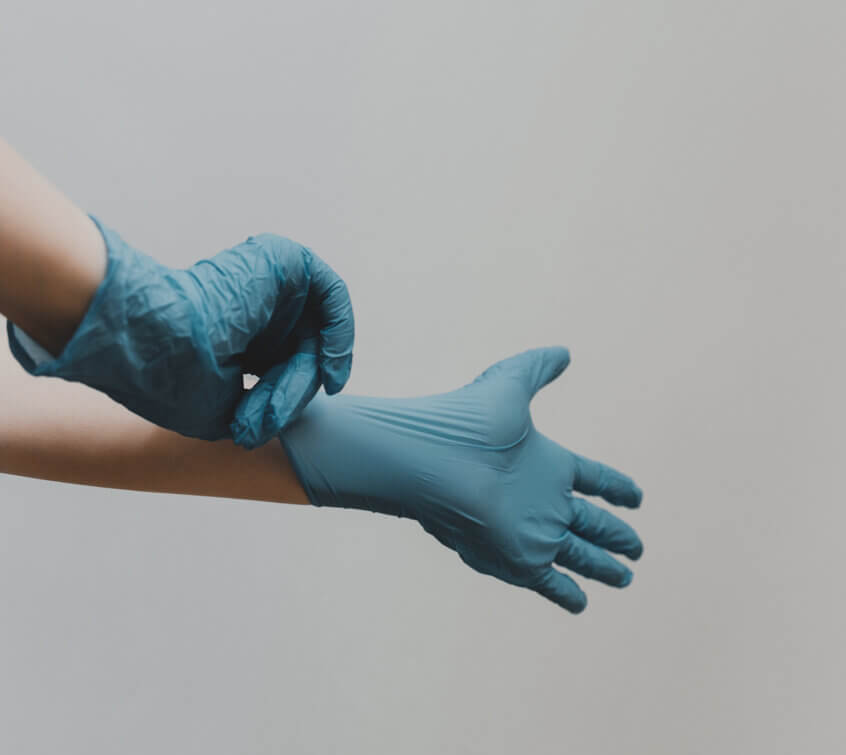
As we move into month 27 of the COVID-19 pandemic, we see traffic on the roads increasing, people returning to the office, and overall life returning back to normal (at least somewhat).
The last 2 years have been marked by significant changes to many industries around the world. In Healthcare projects in our construction industry, this is very much the case. Owners and designers of new hospitals and medical office buildings now have to build with Coronavirus in mind, determining how to most effectively minimize the spread of the virus in buildings.
While hospitals have very much been at the center of our public discourse as of late, there are three ways that Healthcare has changed because of COVID-19.
Needlepoint Bipolar Ionization (NPBI)
Needlepoint Bipolar Ionization, or NPBI, is an air purification strategy that involves introducing charged ions into the air. These attach to airborne particles (dust and water droplets) which can carry viruses and bacteria, making them larger and easier to capture with typical air filtration.
As an added bonus, these ions have been shown to affect the surface proteins of viruses such as the COVID-19 virus, which can make the virus less infectious.
Current technology generates ions via a high voltage wire or carbon fiber brush, before releasing them into the airstream. Since these units typically require only a power connection (no other utilities), they are relatively easy to install. NPBI units can be distributed throughout rooms or centrally located somewhere in the HVAC system.
NPBI is still a relatively new air purification technology and studies are still being done to determine the full range of its effectiveness in reducing the spread of COVID-19 in Healthcare (and other spaces) as well as its environmental upsides or potential impact.
Ultraviolet Germicidal Irradiation (UVGI)
Ultraviolet Germicidal Irradiation, UVGI for short, involves harnessing specific types of light to disinfect air in a given space. Using short-wavelength UV-C energy, UVGI inactivates or kills harmful pathogens and microorganisms, thus disinfecting the air and surfaces it comes in contact with.
- Most UVGI systems are installed either in the main air handling or air distribution systems or at the top of occupied rooms.
- UVGI systems also require a power connection but no other utilities.
- The UVGI lights create a disinfection zone above or away from occupants.
- As air passes through the disinfection zone airborne pathogens are killed or rendered ineffective so they are no longer infectious.
- UVGI systems typically require very little maintenance (replace the bulbs once a year), but maintenance workers should be trained on how to safely work around these devices.
While it’s been shown to be less dangerous to occupants than UV-A and UV-B rays, it’s worth noting that UV-C light technology is still not without risk.
Convertible Patient Care Spaces
Historically, hospital patient rooms are designed to be positively pressurized so that viruses and bacteria in the air are pushed away from the patient room which may house an immunocompromised patient.
Today, however, most new inpatient healthcare spaces are at least considering including the ability for patient care spaces to be easily converted to negative pressure rooms in the event of a COVID-19 (or other airborne infectious disease) outbreak.
In a negative pressure room, the “dirty” air from the patient room is contained within the room and exhausted directly outdoors or through a HEPA filter before being recirculated. In the post-COVID world, more and more owners are wanting to have blocks of patient rooms (or potentially entire floors of patient rooms) designed with this ability.
Convertibility requires each space to be designed with additional infrastructure to support:
- fully exhausting (and HEPA filtering) the rooms which typically involves separate dedicated exhaust fans with direct access to outdoors
- HEPA filtration cabinets
- motor-operated or manual dampers in the duct system to isolate certain ducts
- a more sophisticated HVAC controls sequence that can adjust to the change
- potentially a purge cycle or cleaning cycle to be used to clean the HVAC system after a “pandemic mode” before the rooms are returned to normal patient use
Although the healthcare construction industry continues to change, one thing that has remained constant throughout the pandemic is the fundamental need for healthcare services and the unwavering resolve of our heroes in the patient-care profession who have been there for us all whenever called upon.
At McKenney’s, we are committed to doing everything we can to improve the lives of healthcare workers and enhance their ability to effectively care for their patients and our communities.
We have extensive experience with all of these COVID-19 mitigation strategies (plus many others) and we have the expertise necessary to determine which strategy is the best fit for your healthcare space.
If you have any questions or need any assistance with this or any other HVAC or plumbing-related need, please contact our team, feel free to leave a comment below, and explore the rest of McKenneys.com for more information.







